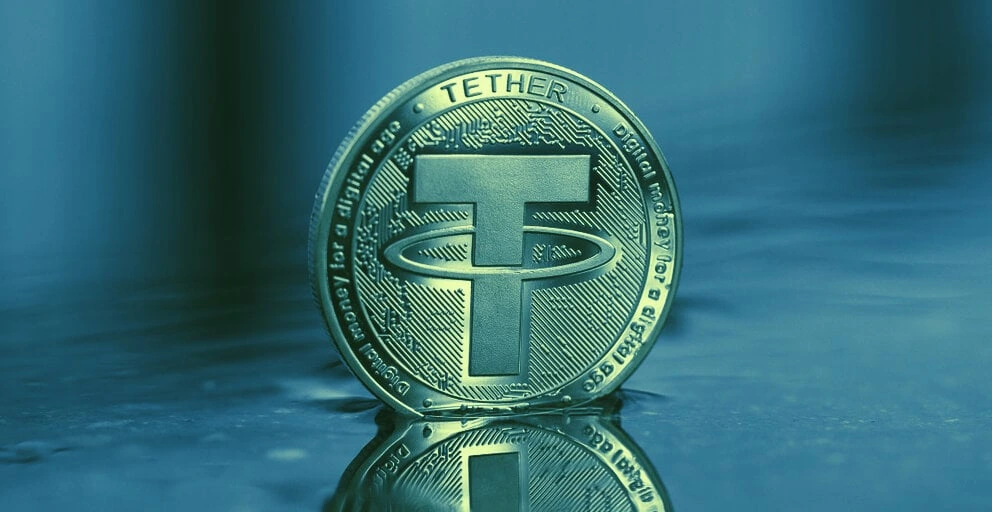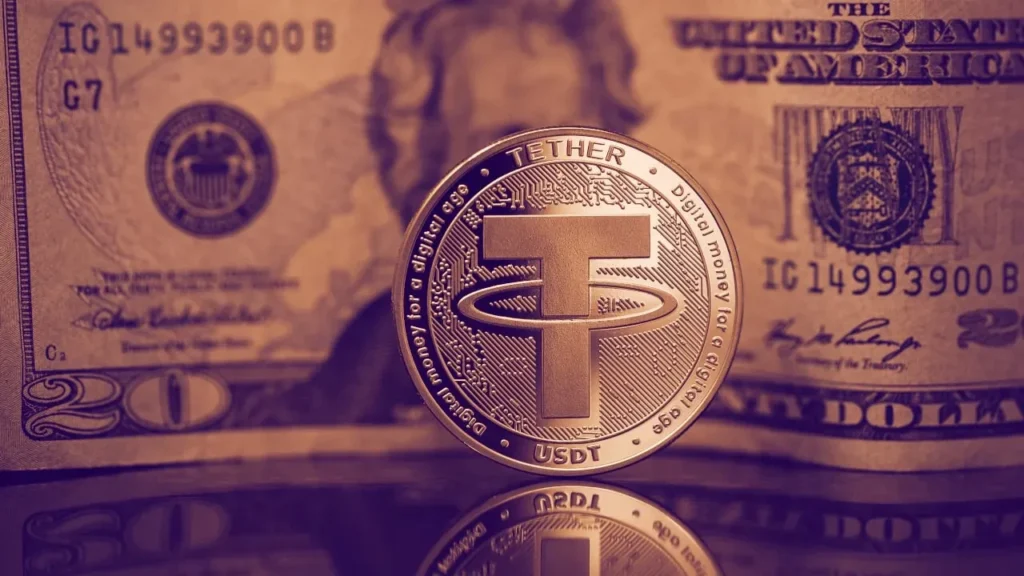USDT Stability Explained: Mechanisms, Risks, and Market Behavior
April 16, 2025

USDT Feels Like a Dollar — But Is It Always That Stable?
USDT stability: If you’ve spent any time in crypto, chances are you’ve used USDT. It’s everywhere — on exchanges, in wallets, in DeFi protocols. Most people treat it like digital cash. One token equals one dollar, right?
Well… mostly. USDT is what’s called a stablecoin, and its job is to keep a steady $1 value. It usually does. But under the surface, the way it keeps that peg is more complex — and sometimes a little shaky. So let’s break it down.
USDT Stability: How USDT Tries to Stay at $1

The idea is simple: for every USDT token out there, Tether (the company that issues it) says it has a dollar — or something close to a dollar — in reserves.
That reserve could be cash, short-term U.S. government debt (like Treasury bills), or other financial instruments. If someone wants to redeem USDT for real dollars, they can (at least if they’re an institutional customer). That process helps anchor the price.
Also, traders play a big role. If USDT drops below $1, they’ll often buy it cheap and redeem it for $1 — making a profit and helping pull the price back up. If it goes over $1, they sell. That’s arbitrage, and it helps keep things in line.
USDT Stability: So Why Has It Wobbled Before?

Even though USDT mostly hovers near $1, it’s had a few hiccups. In high-stress moments — like during the TerraUSD collapse in 2022 — USDT briefly dipped to around $0.95.
Why? Because people got nervous. If too many users lose confidence in Tether’s reserves and try to cash out at once, it can push the price down before arbitrage kicks in.
To be fair, those dips usually don’t last long. But they show that USDT isn’t bulletproof. It relies on trust — and in crypto, trust can be fragile.
USDT Stability: What’s Actually Backing USDT?

Here’s where it gets a bit murky. Tether publishes breakdowns of its reserves, but they’re not full audits. You’ll see terms like “commercial paper” or “secured loans,” though recently they’ve shifted to safer assets like Treasury bills.
That’s a good move, but people still worry about the lack of full transparency. We don’t get a day-by-day look at what’s in the vault — just snapshots. And there have been fines and legal investigations in the past over how those reserves were reported.
Put simply: Tether says the money’s there. Most of the time, that’s enough. But not everyone’s convinced.
How Does USDT Compare to Other Stablecoins?

Let’s stack USDT up against some of its biggest competitors:
- USDC (by Circle) is known for transparency. It releases regular attestation reports and has a more regulated U.S. presence.
- DAI, on the other hand, is decentralized. It’s backed by crypto collateral like Ethereum, with everything managed by smart contracts.
USDT wins on sheer usage — it’s still the most traded stablecoin by far. But if you value clear audits or decentralization, others might look more attractive.
Can You Count on USDT?

If you’re trading, transferring funds, or holding for a short time? USDT works fine. It’s liquid, fast, and widely accepted.
But if you’re parking large sums or holding long-term, you might want to diversify. Even “stable” coins can get wobbly when markets panic or regulators come knocking.
It’s kind of like flying budget airlines. They get you there most of the time. But when things go wrong, you’re on your own.
Final Thoughts: Stable, but Not Set in Stone

So, is USDT stable?
Yes — most of the time. It’s held its ground through countless market cycles. But it’s not immune to pressure, and it’s not the most transparent option out there.
If you use it, just understand what’s behind it. Don’t blindly treat it like cash. Because in crypto, even the most familiar coins can surprise you — and not always in a good way.
Relevent news: Here

